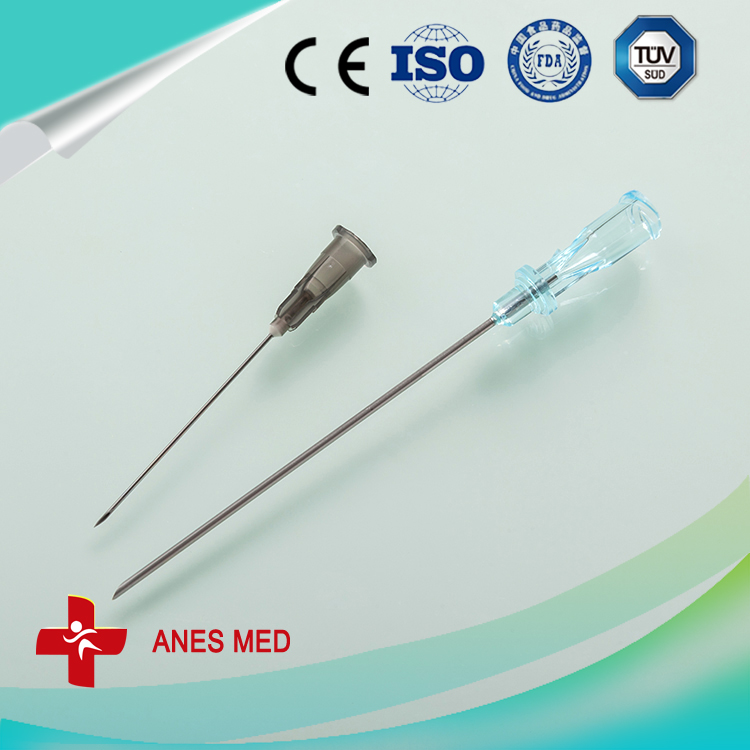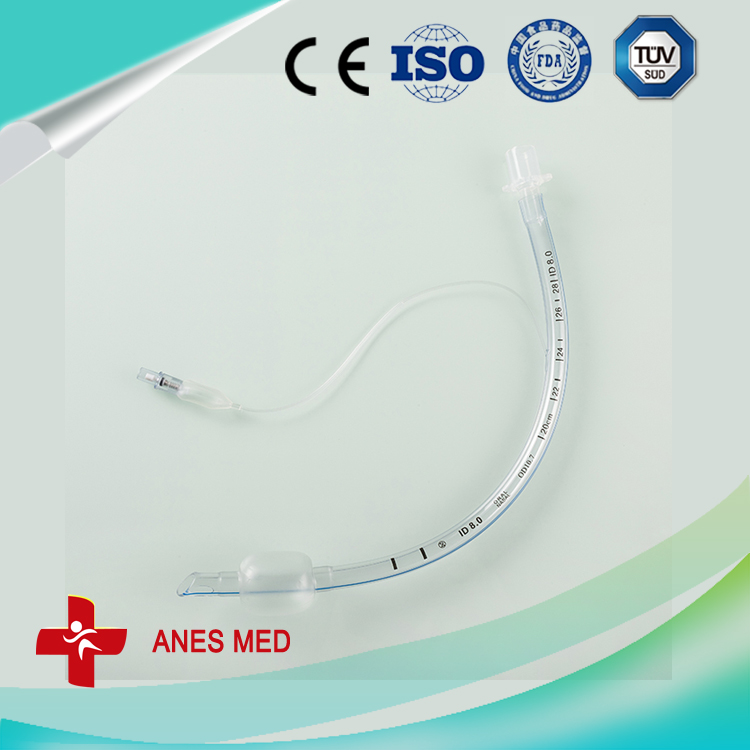The mini radish is a small radish, with a short growing period. The root of the meat grows rapidly. The growth period of each pod is less than 1 month. The root skin is dark red and the color is beautiful. It can be eaten raw, fried or pickled. The flavor is unique and it is high quality. Pollution of vegetables, welcomed by consumers. The cultivation techniques are now described as follows:
I. Variety selection
At present, there are no large-scale mini radish varieties that have been widely promoted in China. The imported varieties mainly include Japan's "20-day-large roots" and "40-day large roots". Among them, "20-day large roots" cultivation is more common. The fleshy roots of these two varieties are round, 2 to 3 cm in diameter, and fully swollen single roots weighing 15 to 20 grams (commercial maturity requires a single root weight of 10 to 12 grams), with red root bark and white flesh. 20-25 cm high, adaptable, not heat-resistant, suitable for early spring, autumn open field and winter protected cultivation. The main difference between the two is: the former is warm and climate, and the growth period is 20-25 days; the latter has stronger cold resistance and the growth period is 30-35 days. This article takes the "20th Root" as an example to briefly introduce its cultivation techniques.
Second, the soil requirements
The mini radish meat has a small root and a short growth period. The sandy loam with loose texture and good drainage should be selected. The thickness of the soil layer is not strict, and the depth can be more than 20 cm. There can be no stones, rubble and other debris in the soil. In order to avoid the occurrence of bifurcation and other deformities of fleshy roots. It is not appropriate to choose a ripe vegetable field that has been planted for many years. Because the topsoil is fertile, and the general nitrogen is high, it can easily cause leaf growth, resulting in imbalance of nutrients and multi-root growth, thus affecting normal root enlargement. In addition, the remaining pathogens in cooked vegetables have a large number of pests and are prone to pests and diseases.
Third, do the earthwork
Mini radish cultivation in a suitable soil, the roots of the fleshy roots can be enlarged, the shape is correct, the skin is smooth, the color is beautiful, and the quality is good. Therefore, the land preparation requires deep tillage, smoothness, and even fertilization to promote the increase of effective nutrients and beneficial microorganisms in the soil, and to store water and fertilizer, which is conducive to root absorption of nutrients and water. Fertilization is based on basal fertilizers. Generally, it is not necessary to top-dress fertilizers. Organic fertilizers and compound fertilizers can be applied at one time. Usually, 667 square meters (1 mu) is used as a basal fertilizer for 2,000 kg of cooked manure. If fertilization is not uniform, it can easily cause localized damage. After the preparation of the site, it will be flat and 1 to 1.2 meters wide so as to facilitate field management.
Fourth, sowing
Seeding in the open season generally lasts from mid-March to late April, and from early August to early October in the fall, greenhouse cultivation can be arranged from mid-October to early March. When the deep winter temperature is low, the roasted ground is closed 7 to 10 days before sowing and the ground temperature is stable when the shed is above 5°C. Due to the high temperature and raininess in summer, the root quality of the flesh is poor and it is not suitable for planting. In order to facilitate timely processing and processing after harvesting, it is advisable to adopt a batch-wise staggered sowing date method. 3 to 4 days prior to sowing, the foot water was poured, the water was uniformly infiltrated, and the topsoil was sown when the topsoil was slightly dry. Line spacing 15 cm, spacing 3 cm, sowing depth of 1.5 to 2 cm, 667 square meters sowing volume of 1000 to 1200 grams.
V. Field Management
The mini radish has a short growing period and the field management is relatively simple. Before the emergence of the open field cultivation in the event of rain, it may cause soil compaction, and the soil should be loosened in time so that the germinated seeds can be successfully unearthed. Less watering at the seedling stage will help to curb the leggy. It took about 15 days from the breaking of the belly to the fleshy roots. During this period, it was necessary to keep the field moist, but it was not too wet. Watering should be even, soil moisture content is suitable for 70% ~ 80%. If the water content is insufficient, the fibrous roots of the fleshy root will increase, resulting in a rough skin, a strong spicy taste, and cramps. Conservation of winter protected areas should pay attention to insulation and cold, after the emergence of 15 ~ 20 °C during the day, 8 ~ 10 °C at night, not less than 5 °C. After the seedlings break, the flesh temperature remains in the daytime and the shelf temperature is maintained at 13-18°C. During the growth period, it is generally not top-dressing. If the plant is too short or yellow in color, a small amount of available nitrogen fertilizer may be applied with watering, and 0.3% potassium dihydrogen phosphate solution may be sprayed. Timely cultivating and weeding helps to keep the soil loose, prevent top soil compaction, and promote normal expansion of the fleshy roots.
Sixth, the main pest control
1. Bumping disease: The seedling stage of the replanted land is prone to occur frequently, and it usually occurs within 5 to 6 days after emergence. Simple prevention and control methods: Combine kimchi water used for processing kimchi and sauerkraut in farms into a small amount of active milk, dilute with water in a ratio of 1:4 to 5, spray once every 2 to 3 days, and use lactic acid bacteria to effectively suppress the disease. occur.
2. Black spot: fungal disease. Before the onset of disease, 75% chlorothalonil 500 to 600 times solution or 50% fast-king agent 1500 times solution was used to prevent and treat once every 5 to 7 days. In the early stage of disease, spray 50% carbendazim 800 times and spray once a week.
3. Aphids, cabbage worms: prone to occur in high temperature and drought, pay attention to timely drought and water, pest control with 2.5% deltamethrin 2000 ~ 2500 times the initial spray.
7. Harvesting
Mini radish cultivation in spring and autumn can generally grow 20 to 22 days to harvest, the winter cold season can reach 28 to 32 days. When the root diameter of fleshy root is more than 2 cm and the single ball weight is 10 to 12 grams, it must be harvested in time. Harvesting will affect the yield too early, but if it is too late, the amount of flesh root fiber will increase, which will cause cracking roots and cramps and affect product quality. Before harvesting, water the soil to make the soil soft and moist. When harvesting, stems and leaves can be pulled up together with the fleshy roots. After picking, pick a bright, well-distributed fleshy root, and wash it with a leaf, which can be marketed. The general product output can reach 1 kg/m2.

pidural and spinal combined anesthesia puncture, Epidural Needle ,Introducer Needle, Infusion Pumps ,trachea cannula,
Components FOR AS-E/S FULL KIT
| Name | Spec. | Qty. |
| Epidural needle | 16G | 1 |
| spinal needle | 25G | 1 |
|
No damage Anesthesia Catheter (Patent) |
length>90cm OD 1.0mm |
1 |
| Anesthesia catheter adapter | -- | 1 |
| Air filter | - | 1 |
| Liquid filter | - | 1 |
| Catheter assist guide | - | 1 |
| Surgical latex gloves | 7.0# 7.5# 8# | 1 |
| Negative pressure tube | - | 1 |
| Sponge brush | 3 | |
|
Sterile injector needle |
16G 1.6 | 1 |
| 22G 0.7 | 1 | |
| 23G 0.6 | 1 | |
| Low-resistance injector | 5ml | |
|
Sterile syringe |
20ml | 1 |
| 3ml | 1 | |
| Woundplast | - | 1 |
| Compresses | 7*7*8 | 3 |
| Tray cover | - | 1 |
| Catheter adhesive slice | 5cm*8cm | 1 |
| Bottom cover | - |
(AS-E/S) Combined spinal Epidural Anesthesia puncture package/kit
(AS-E) Epidural anesthesia puncture package/kit
(AS-S) Spinal anesthesia puncture package/kit
(AS-N) Nerve Anesthesia puncture package/kit
Y-valve Connector
Blood Inflation Balloon


Epidural Needle,Introducer Needle,Infusion Pumps,Tracheal Cannula,Y-valve Connector,Blood Inflation Balloon
Anesthesia Medical Co., Ltd. , http://www.sinoanesthesia.com